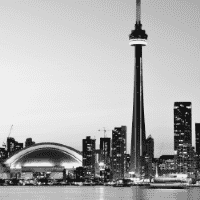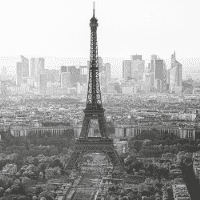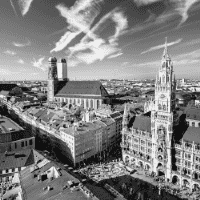Refocus on destination markets steps up a gear in 2017
The slowing growth in personal luxury goods spend in 2016 was apparent in the volume of new store openings in 2017, with the appetite to agree to new leases, and therefore open new stores, somewhat muted. Global new store openings* by luxury brands will be in the region of 350 by the end of the year, down on the c470 reported for 2016.
While luxury brands have opened fewer stores this year, what stores they have opened have been predominately focused on destination cities in Europe, North America and Asia Pacific markets beyond China. All these regions have seen a proportional increase in share of new openings in 2017. In contrast, China and Middle East reported proportional declines.
.png)
.png)
.png)
.png)
.png)
.png)
.png)



